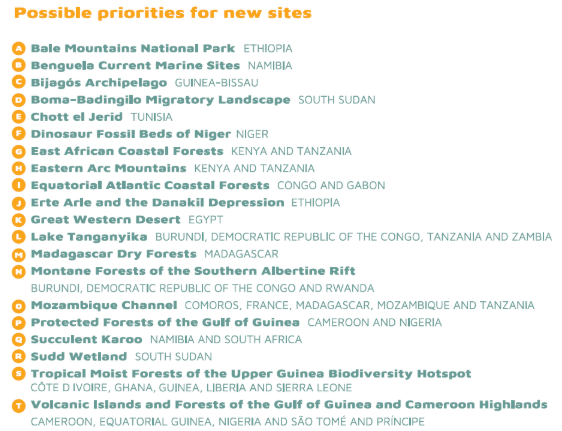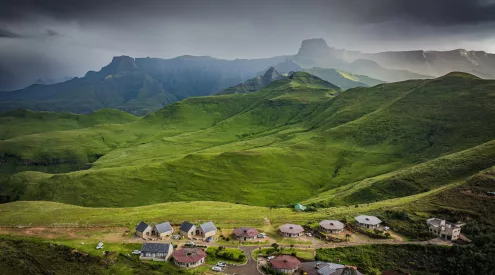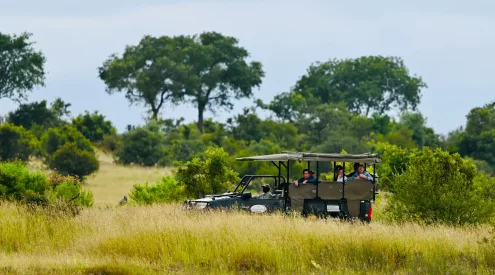The International Union for Conservation of Nature (IUCN) has published a report that lists several African natural areas which may be declared Unesco World Heritage Sites. On the list of potential sites is South Africa’s own Succulent Karoo, which we share with Namibia.
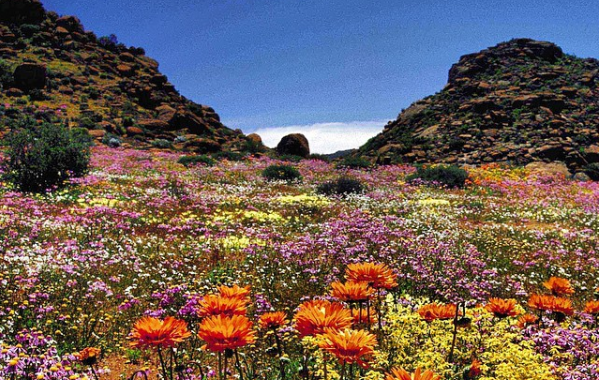
Namaqualand is famous for its wild flowers during spring.
‘This report provides a synthesis of key information on the implementation of the World Heritage Convention in Africa, and some guidance on how it might contribute to global conservation efforts and sustainable development in the future,’ reads the abstract of the report, titled Natural World Heritage in Africa: progress and prospects.
The Succulent Karoo is the world’s only arid biodiversity hotspot and home to the world’s richest succulent flora. Some 40% of the 6,356 plant species found there occur nowhere else on the planet, according to African World Heritage Sites.
‘The rich biodiversity of the Succulent Karoo is due to an extensive and complex array of habitat types derived from topographical and climatic diversity in the region’s rugged mountains, semi-arid shrublands, and coastal dunes. The hallmark of the Succulent Karoo is its exceptionally diverse and endemic-rich flora,’ states the IUCN on their justification of the nomination on Unesco’s Tentative List.
‘The IUCN has identified the Succulent Karoo as a very definite gap on the World Heritage list, being the most biologically diverse arid area in the world.’
The IUCN report identifies 20 natural areas in Africa as suitable candidates to become World Heritage Sites:
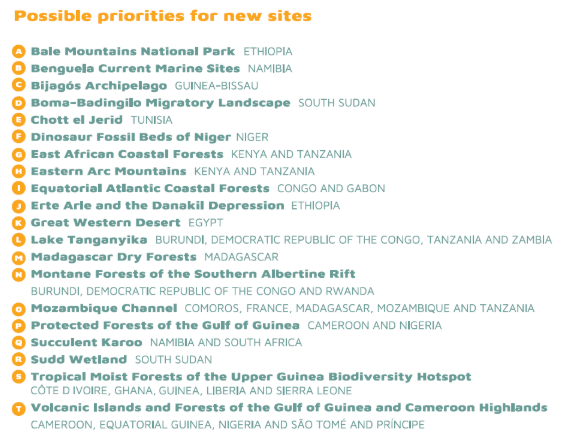
Image credit: Natural World Heritage in Africa: progress and prospects.
The report also includes Africa’s current 48 World Heritage Sites, and identified 17 that could be extended, including South Africa’s own Barberton Makhonjwa Mountains in Mpumalanga, and the iSimangaliso Wetland Park in KwaZulu-Natal according to Business Insider.
Image credit: Instagram/suedafrika_erleben









